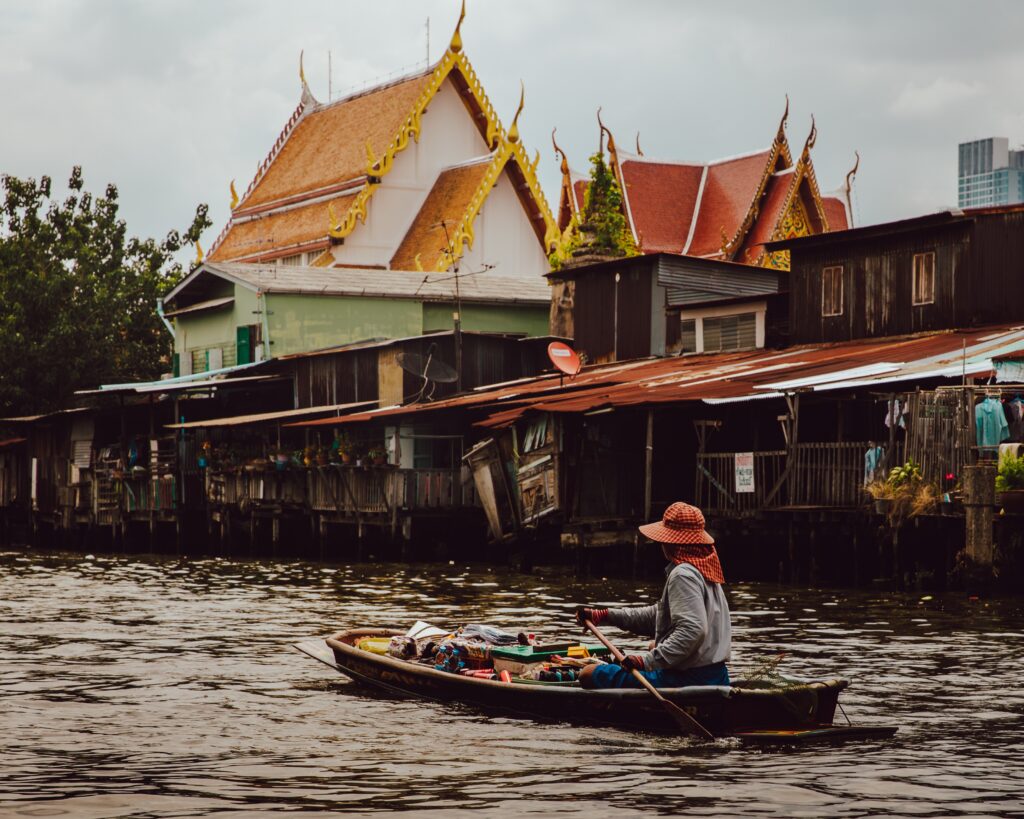
Photo: Evan Krause / Unsplash.
When Bangkok’s oldest university called for ideas for a symbol to mark its centenary year, landscape architect Kotchakorn Voraakhom successfully pitched a design for a park.
It was intended not only as a welcome green space in the middle of the congested city of about 10 million people, but as a place that could also retain large amounts of water, reducing monsoon flooding around Chulalongkorn University.
Parks and “green roofs” planted with vegetation soak up rain during the annual monsoon and help dense urban centers like Bangkok adapt to climate change, Kotchakorn said.
“We need to be thinking about everything we build in the context of mitigating climate-change impact. It can’t be just about aesthetics, but also about serving a purpose,” she said.
“This was Bangkok’s first park in many years, so we had to make it count,” she told the Thomson Reuters Foundation.
Bangkok, built on the floodplains of the Chao Phraya River, is expected to be one of the urban areas hit hardest by warming temperatures.
City officials, meanwhile, are building flood barriers and underground tunnels that can carry rainwater faster to the river.
But while infrastructure upgrades are an essential part of tackling urban flood risk, “softer” measures are also crucial, said Diane Archer, a research fellow at the Stockholm Environment Institute in Bangkok.
“A key part of that is working with local people so that they can learn to take action themselves,” Diane said.
Design and development by Soapbox.